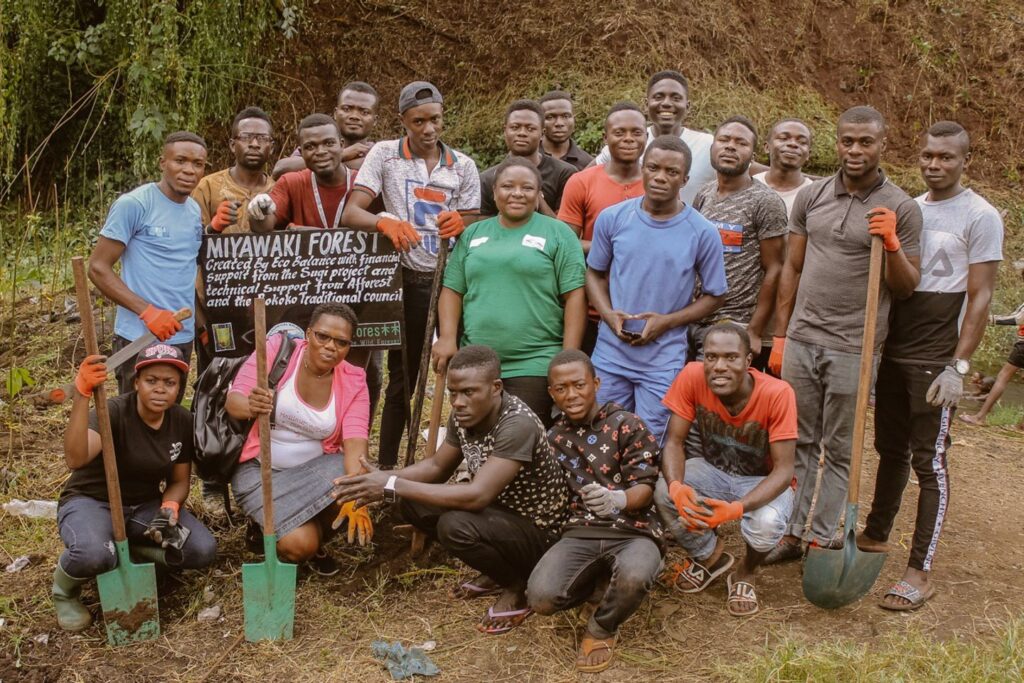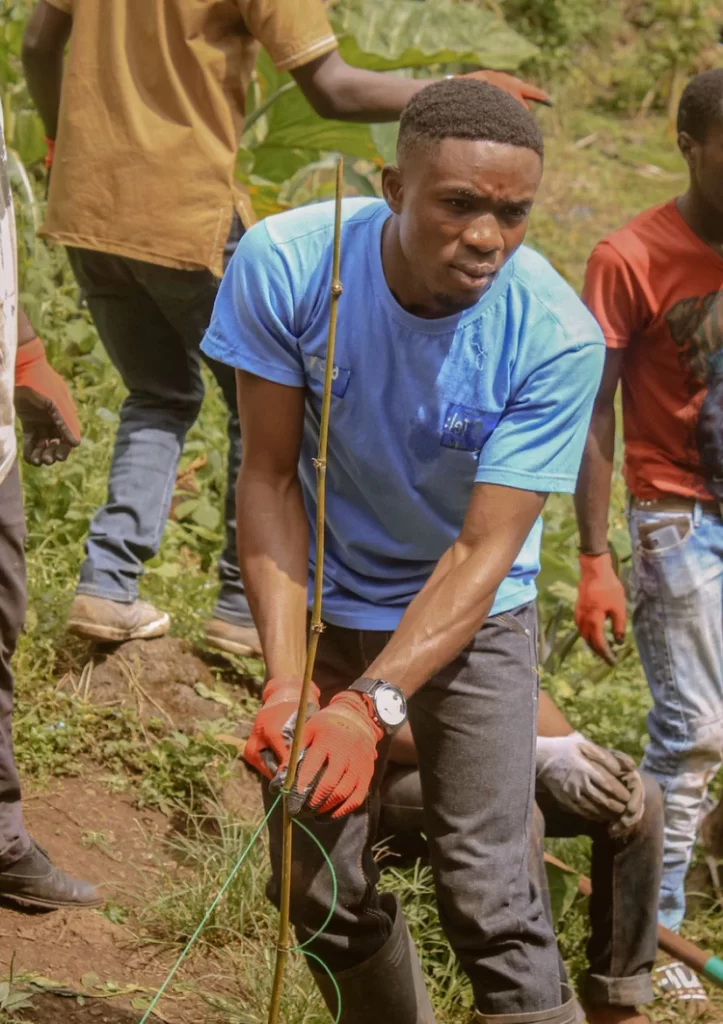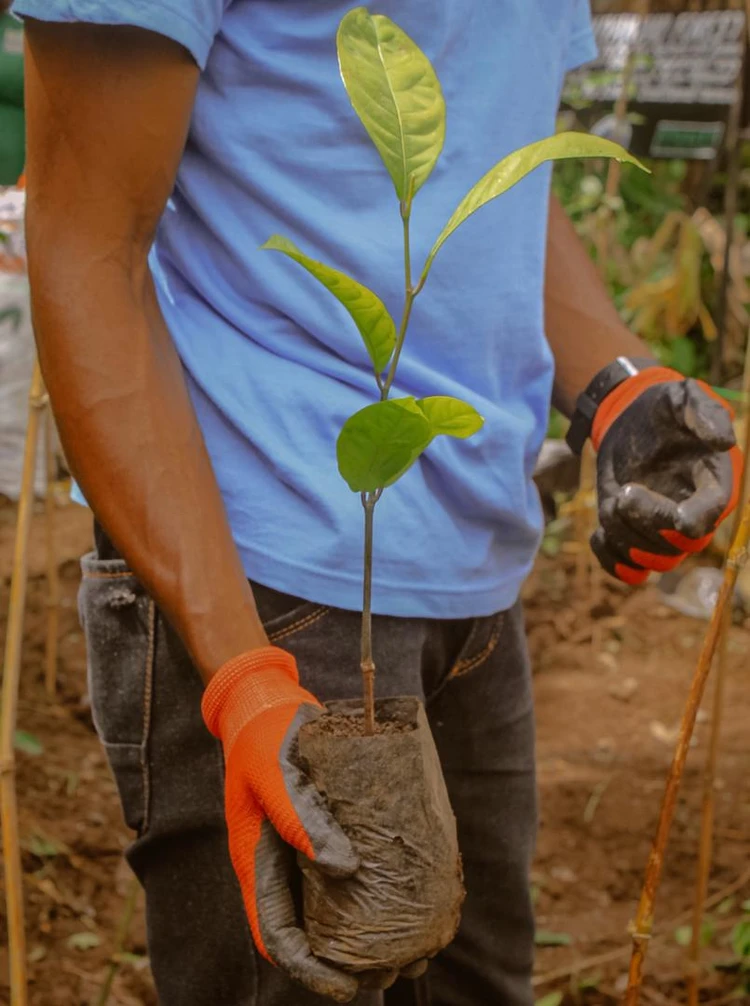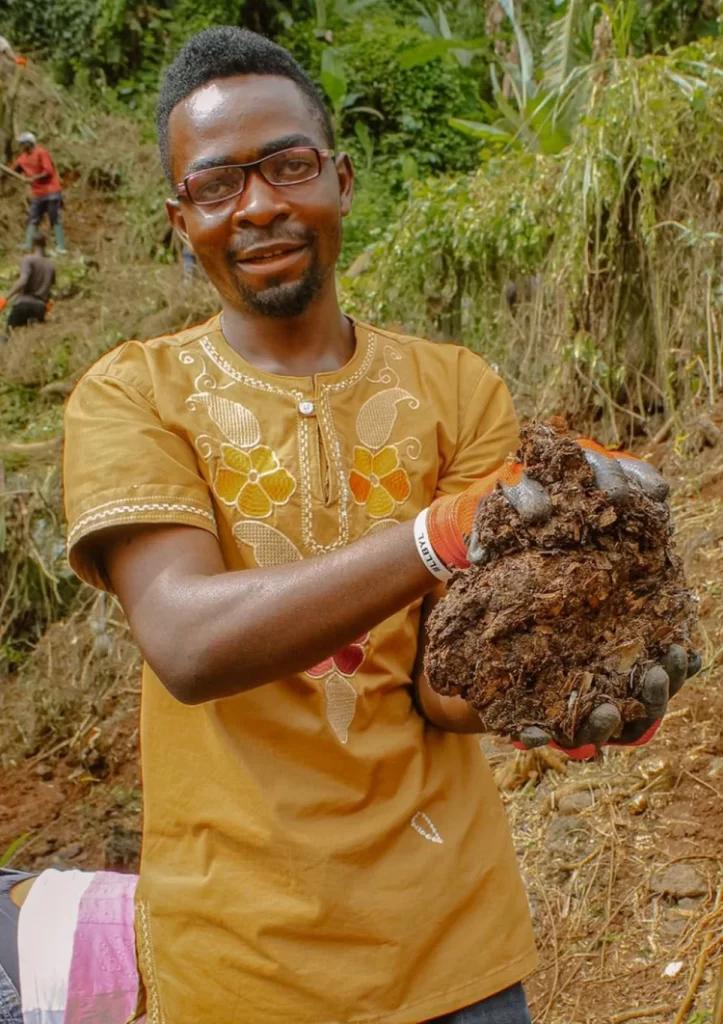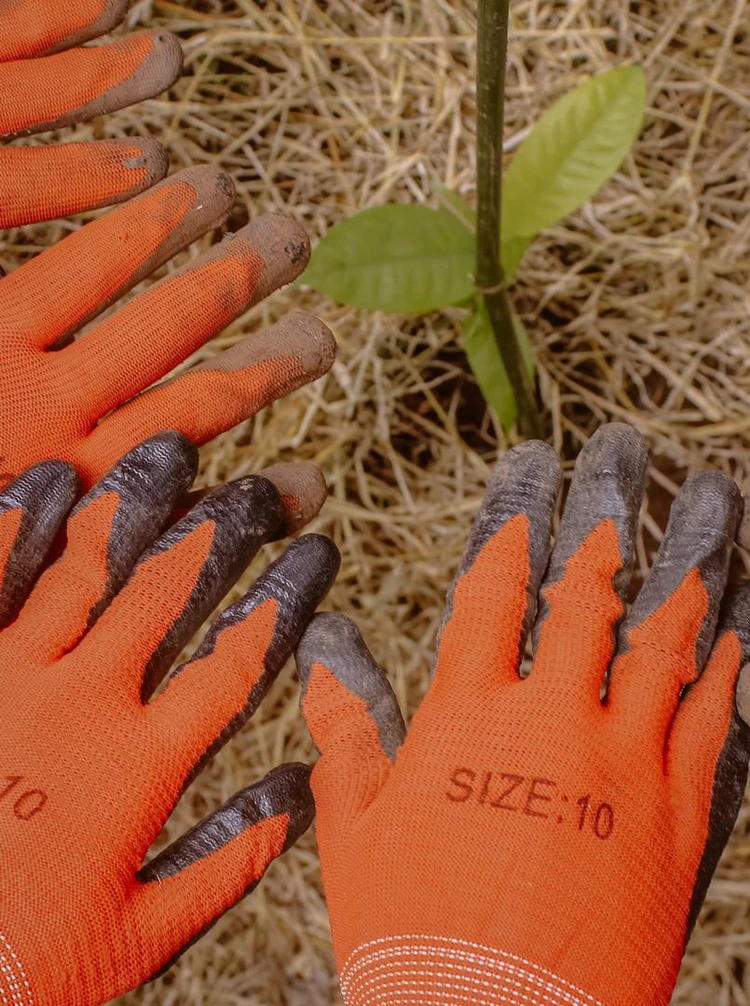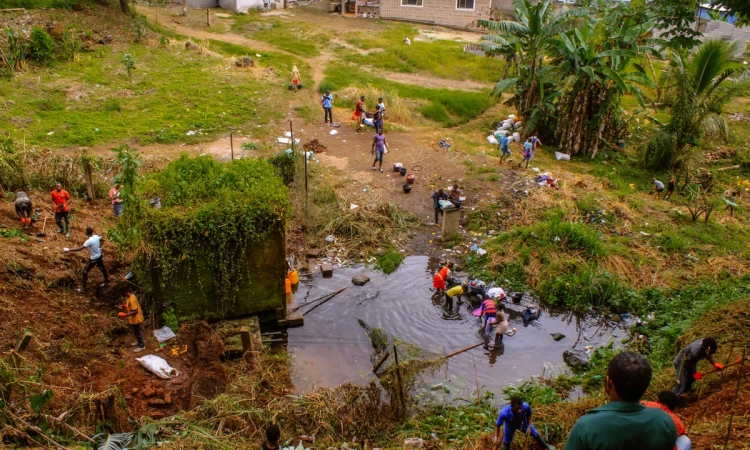Rewilding Buea’s water catchments - 1 of 3.
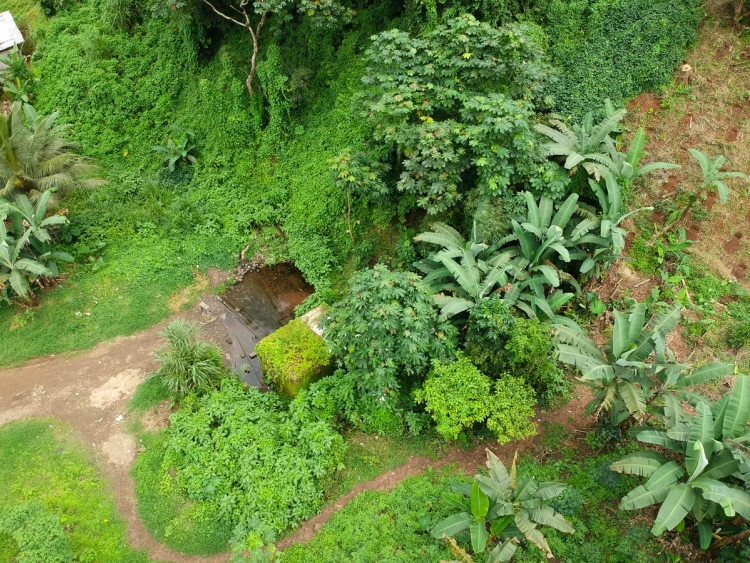
This community in Buea, located in the Southwest region of Cameroon, heavily depends on water wells as their primary source of water. Persistent water scarcity has posed a significant and long-standing challenge for this region.
However, by planting a pocket forest and rewilding the three water catchments, the ecosystem has been restored – ensuring a more sustainable and reliable source of water for the community and neighboring villages.
“By rewilding the three water catchments in town, we tackle the water crisis that the town has suffered for over two decades.” Limbi Blessing Tata
Forest Report: 2023
4 Years
Forest Age
60%
Survival Rate
7.6m
Average of Tallest 3 Trees
Bonduma stands as the oldest urban forest grown to conserve water resources. As such, the village and neighboring communities greatly benefit from the underground water supply. The water levels have risen as the forest has grown, so we know that we can attribute this miracle to our Miyawaki forest. Bonduma has also provided habitats for wildlife as biodiversity is thriving here.
However, the forest only has a survival rate of 60% for this year, as we lost some trees to local agriculture. We hope to see this improve next year, and hope the forest will continue to grow and flourish. The community needs it!
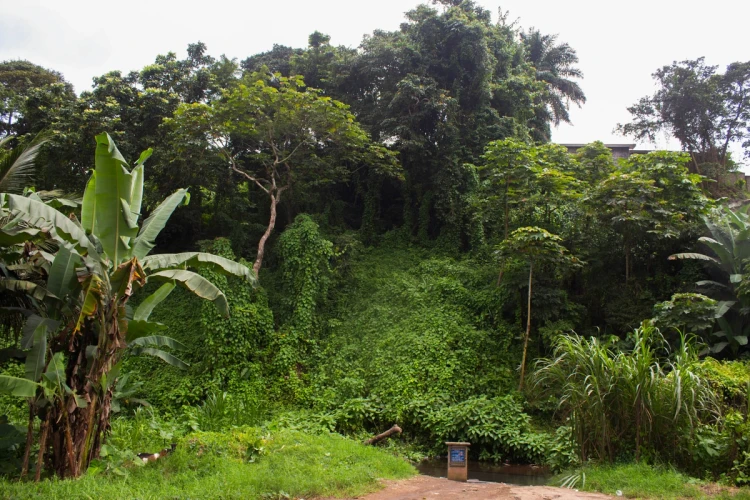
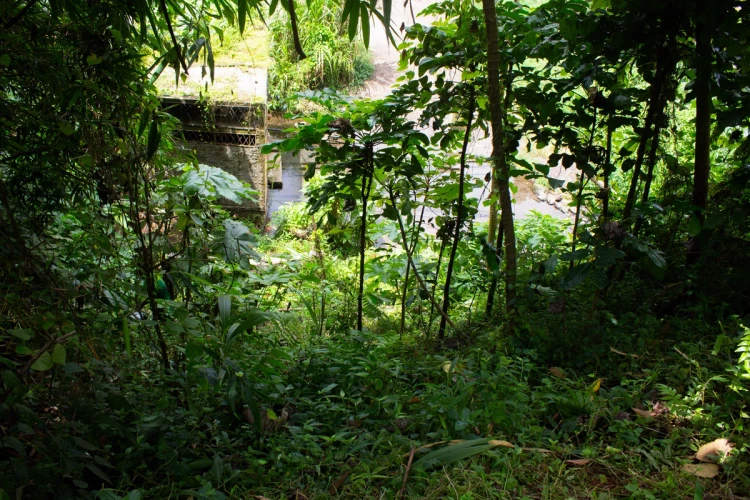
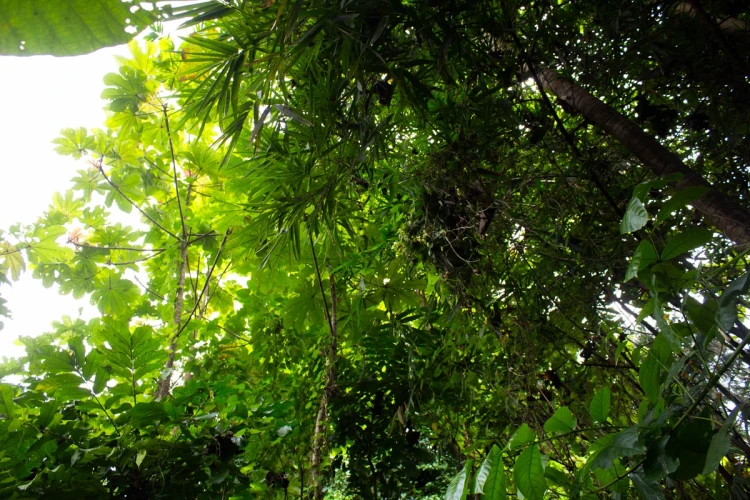
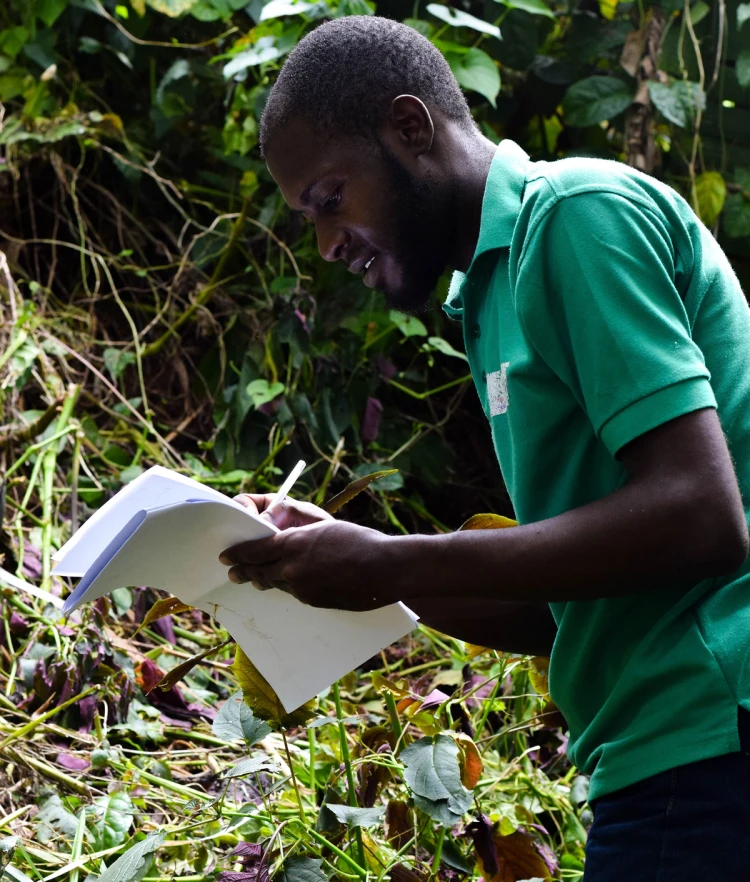

Biodiversity Notes:
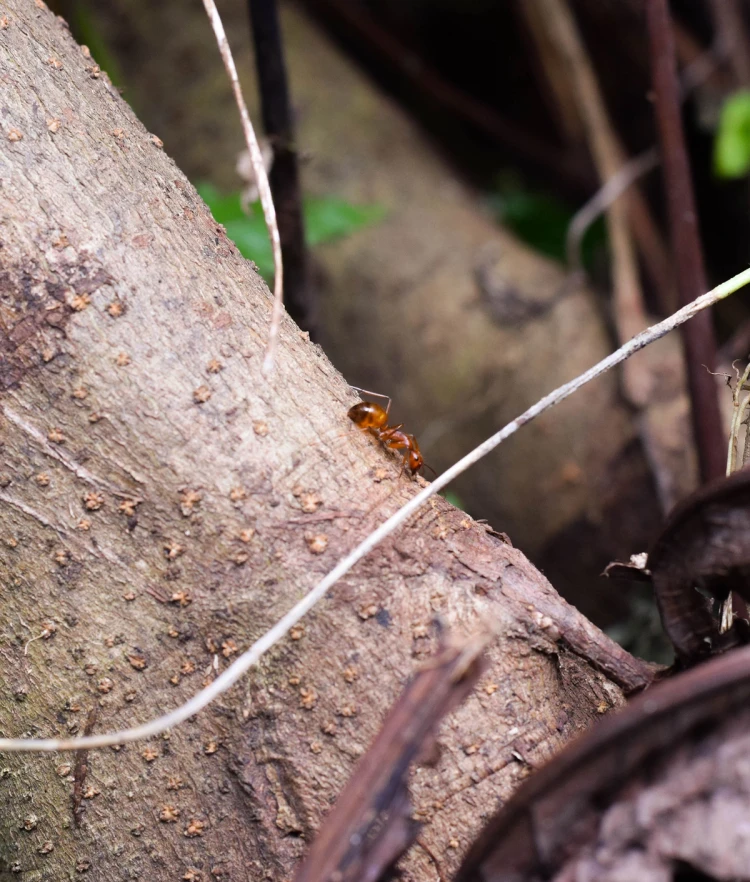
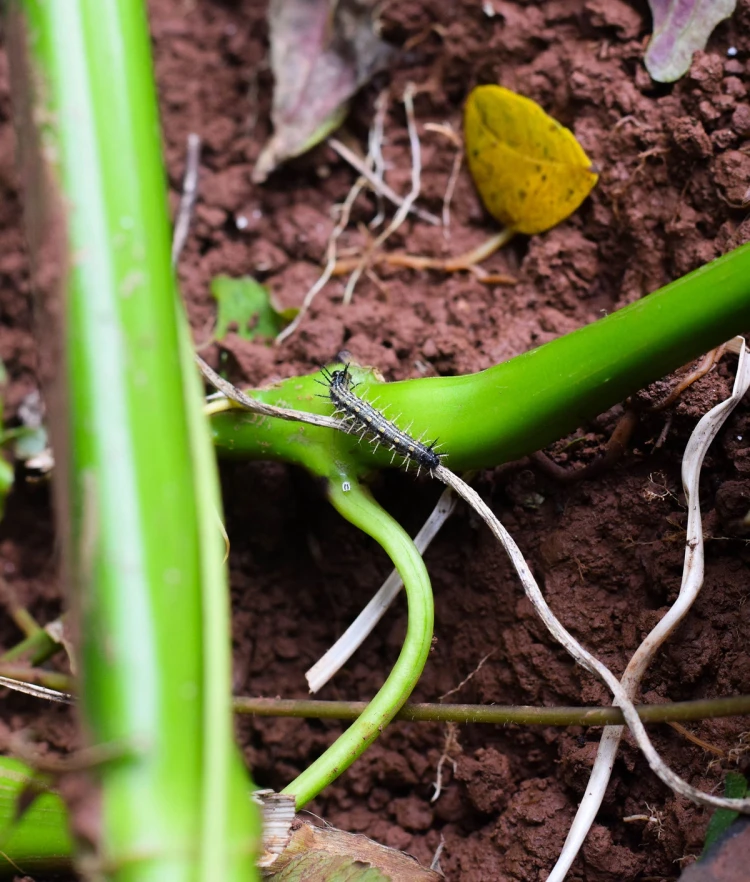
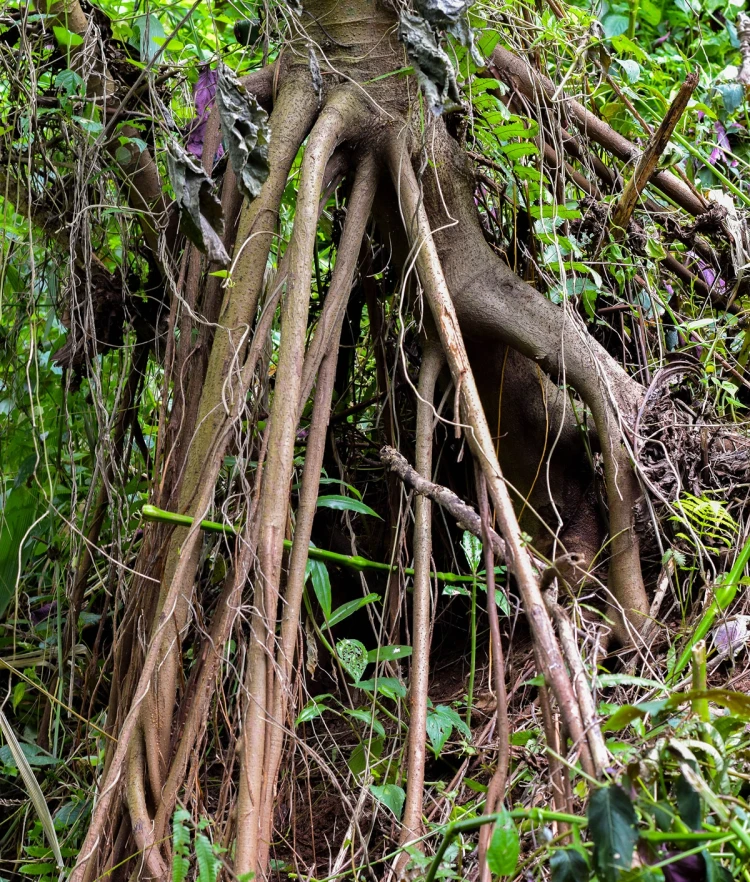

Forest Report: 2022
3 Years
Forest Age
85%
Survival Rate
12m
Average of Tallest 3 Trees
This pocket forest is doing well at 3 years, with notable growth again from the castor (Ricinius communis) and African cherry (Prunus africana) trees. Indeed, the local community continue to extract oils from the castor tree seeds and look forward to harvesting during the next dry season.
Local people are also pleased as water levels continue at the elevated levels seen since the planting of the forest in 2019. The area is no longer the dumping ground that it once was. It is now much better cared for as the catchment is a well-known reliable and important supply of water for the area.
In addition to water access, the forest is a valued cool space in an area where land is increasingly being built on or taken over by other human activity. Local people speak about their pleasure at the cooling effect of the forest.
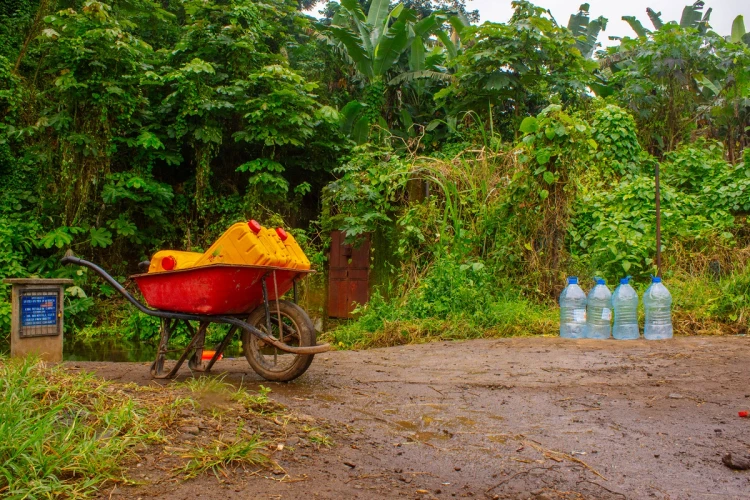


Biodiversity Notes:
Common freshwater crabs (Sudanonuate africanus), grasshoppers (Eyprepocnemis ploran) and snails (Bulinus camerunensis). Numerous unidentified agama lizards and butterflies have also been sited in the forest.
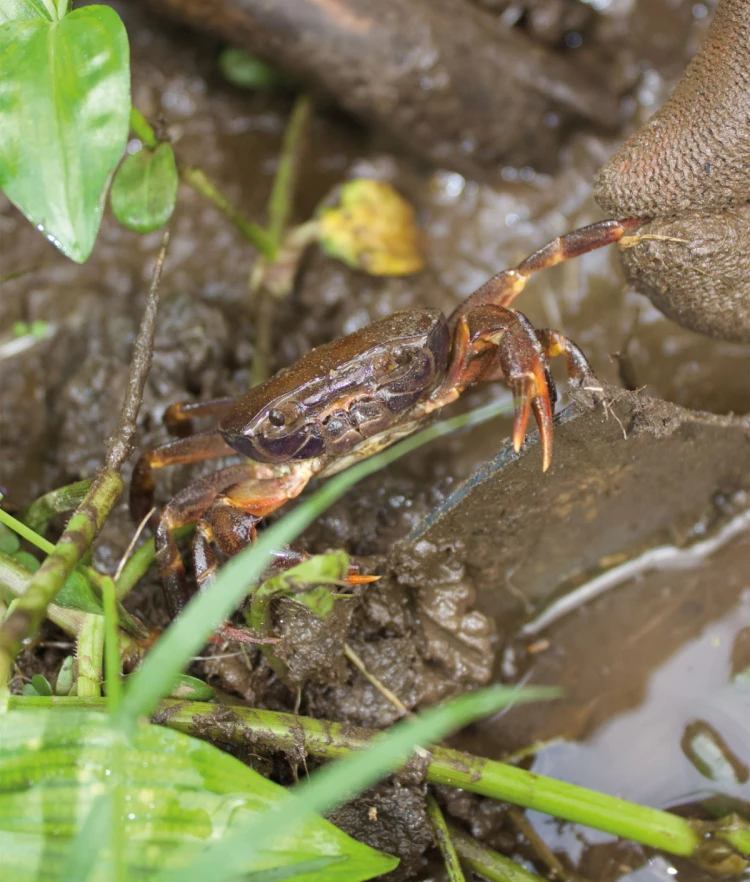

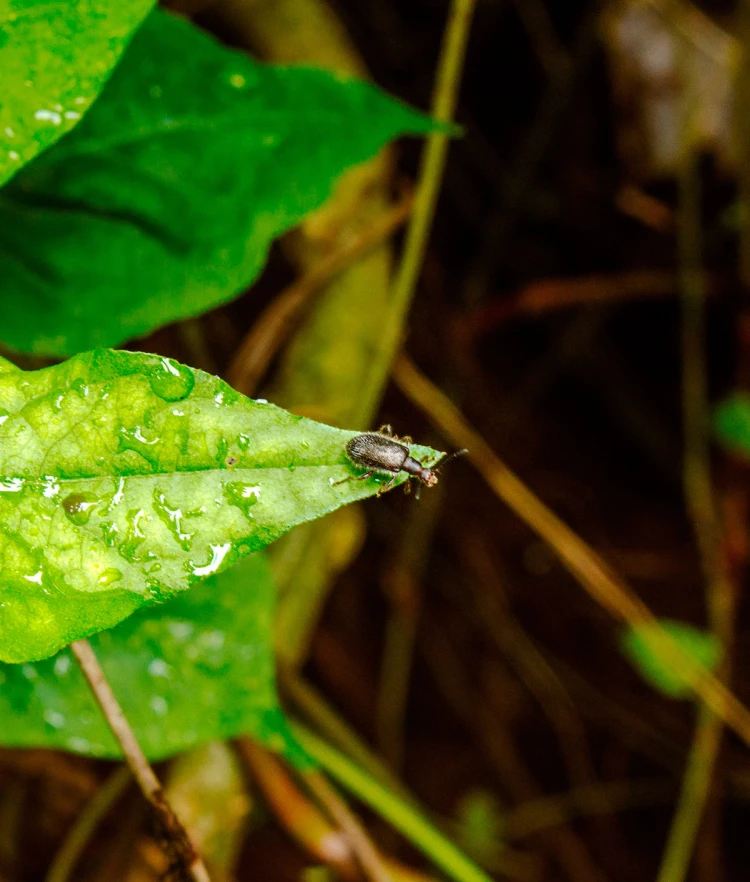
Forest Report: 2021
2 Years
Forest Age
90%
Survival Rate
12m
Tallest Tree
The average height of the forest is 800cm. The Mahogany trees (Entandrophragma angolensis) are on average 55cm tall and this species is thriving most in terms of number across the forest. The tallest 1200cm trees are Castor trees (Ricinius communis). Indeed, oils are already being extracted from the Castor tree seeds and used by the local community.
The canopy is covered in 70% of the forest and weeds still exist on the forest floor indicating that the sun continues to penetrate. The presence of vines (not planted) has been noted, along with thorns (defence mechanism) and adventitious roots (to increase feeding surface area) on some tree trunks; these are all positive indicators of self-reliant forest ecosystems.
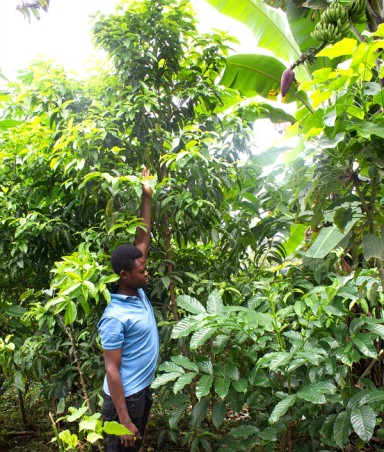
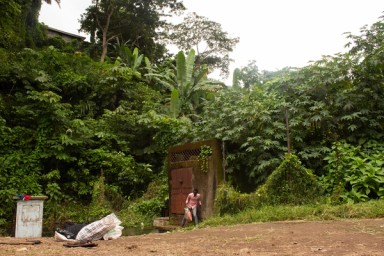
Biodiversity Notes:
Common Freshwater Crabs (Sudanonuated africanus) were identified in the forest at 10 months, along with yellow caterpillars (Lepidoptera larvae) observed at 12 months. At 24 months, freshwater crabs continue to be observed, along with other burrowing animals.

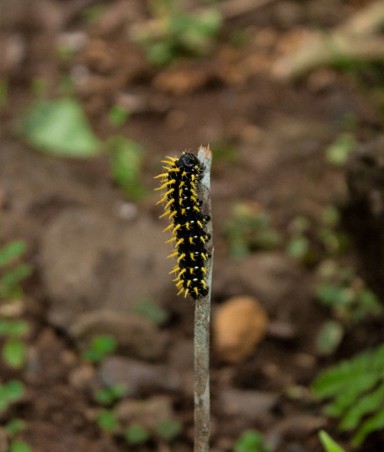

Forest Report: 2020
12 Months
Forest Age
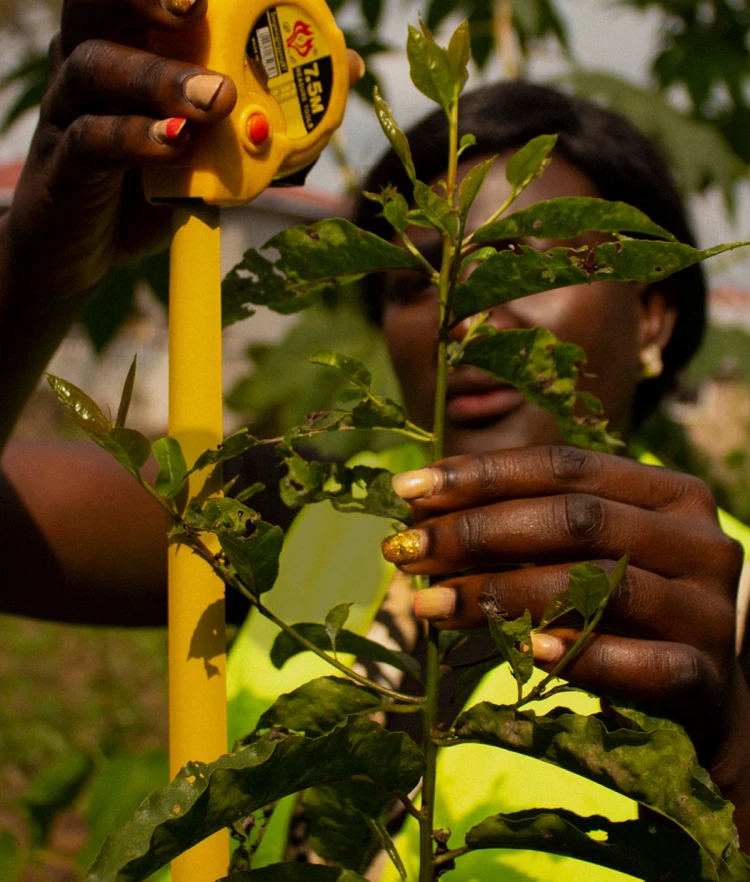

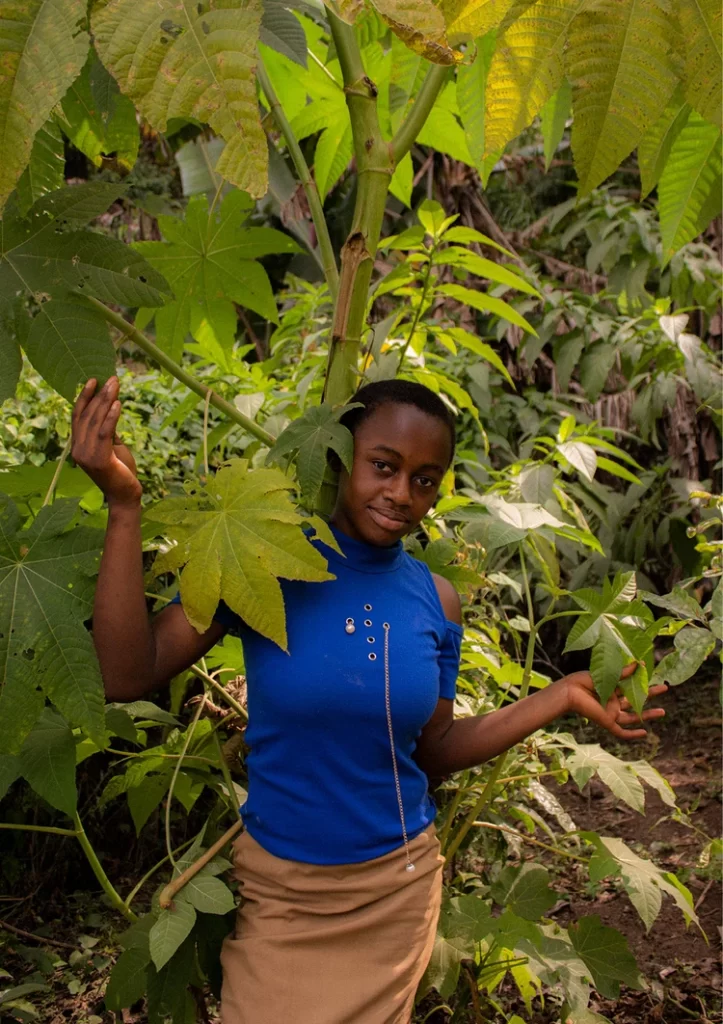

Biodiversity Notes:
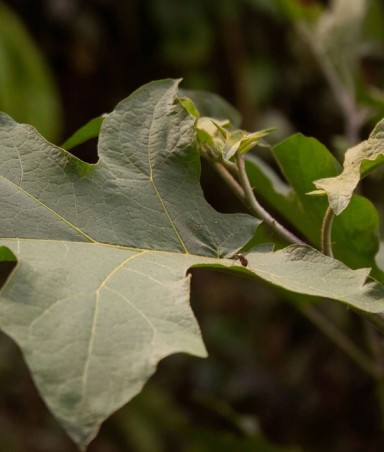

Planting: November 2019
